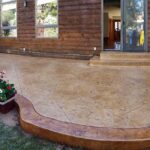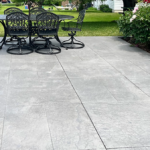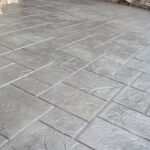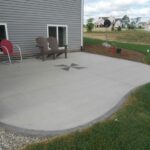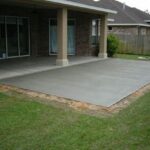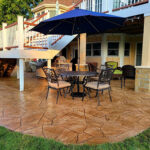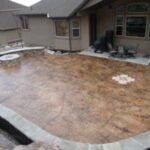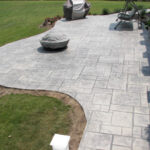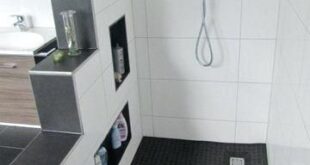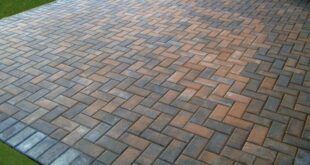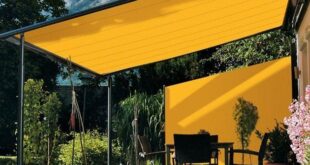When it comes to creating an outdoor living space, choosing the right material for your patio is crucial. Concrete is a popular choice for patios due to its durability and versatility, but like any material, it has its pros and cons. Before making a decision, it’s important to weigh the advantages and disadvantages of using concrete for your outdoor space.
Pros:
1. Durability: Concrete is known for its resilience and long-lasting properties, making it a great choice for a patio that will withstand heavy foot traffic and outdoor elements. With proper maintenance and sealing, a concrete patio can last for decades.
2. Versatility: Concrete can be poured and shaped into virtually any form, allowing for endless design possibilities. Whether you prefer a sleek, modern look or a textured, rustic finish, concrete can be customized to suit your aesthetic preferences.
3. Low maintenance: Concrete is easy to clean and requires minimal upkeep compared to other materials like wood or pavers. Simply sweep or hose down the surface periodically to keep it looking fresh and clean.
4. Cost-effective: Concrete is a relatively affordable material compared to other patio options, making it a budget-friendly choice for homeowners looking to create an outdoor living space without breaking the bank.
Cons:
1. Cracking: One of the main drawbacks of concrete is its tendency to crack over time, especially in extreme weather conditions. While minor cracks can be easily repaired, larger cracks may require professional intervention, leading to additional maintenance costs.
2. Non-porous: Concrete is a non-porous material, which means that it does not allow water to drain through it. This can lead to water pooling on the surface, especially in areas with poor drainage, causing potential slip hazards and water damage.
3. Limited design options: While concrete can be customized with various textures and finishes, it may not offer the same aesthetic appeal as other materials like natural stone or wood. If you’re looking for a more luxurious or unique look, concrete may not be the best choice for your patio.
4. Initial installation time: Pouring and curing concrete can be a time-consuming process, especially if you opt for a stamped or decorative finish. This can lead to longer construction timelines and potential disruption to your outdoor space during installation.
In conclusion, concrete patios have both pros and cons that should be carefully considered before making a decision. If you value durability, versatility, and low maintenance, concrete may be the right choice for your outdoor space. However, if you’re looking for a more aesthetically pleasing option or are concerned about potential cracking and water pooling issues, you may want to explore alternative materials for your patio. Ultimately, the decision comes down to your personal preferences, budget, and long-term goals for your outdoor living space.


